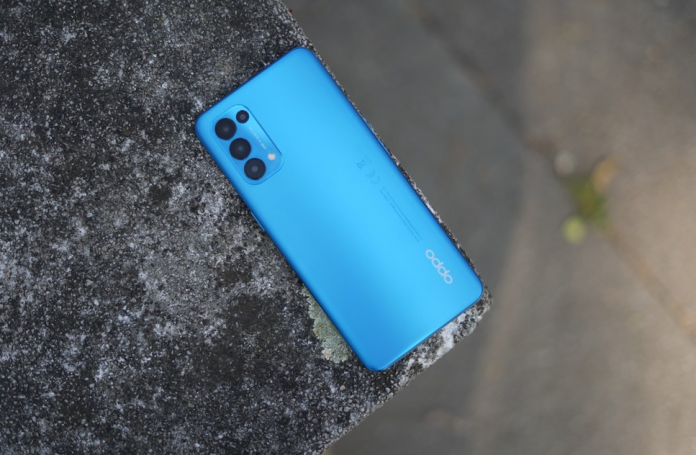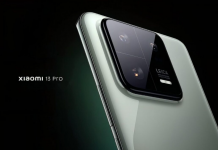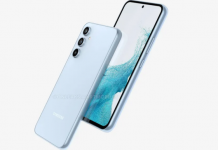As noted in last year’s review, Find X2 Lite was probably the least attractive (aesthetically speaking) of the three 2020 proposals. 12 months later the situation has definitely improved, at least for what is my personal taste, Find X3 Lite is a product with much more character. Not so much in the fantasy of shapes, but after all it is a smartphone and I have never seen round or hexagonal smartphones, but in processing and coloring. The matte blue one that I am using these days certainly does not go unnoticed and precisely because of the rough finish that characterizes it also offers a very good grip.
In general, however, we are talking about a smartphone with excellent ergonomics, which grips very well and is quite light and thin. In fact, we are talking about 7.9 mm thick and 172 grams in weight, data almost unthinkable in a market in which approaching and overcoming the 200 grams wall is no longer so strange, quite the contrary. The only flaw is to be found in the position of the sensor for fingerprint recognition, in my opinion arranged a little too low and difficult to reach without moving your hands from the optimal handle.
The back cover is made of polycarbonate as well as the frame that is however painted with a glossy effect. Despite the not exactly premium material, the feeling is still to have in your hands a well-made solution assembled with the right attention to detail. I also really like the glossy section that contains the 4 cameras, also in contrast to the rest of the body and certainly characterizing.
As anticipated, the frame is also made of plastic material and on it there are the USB-C 2.0, the always appreciated audio jack, the physical keys for turning on and adjusting the volume, the trolley for inserting a double SIM card in NANO format and the system speaker, unfortunately only mono but still characterized by a discreet volume and sufficient quality. Obviously a stereo solution would have been appreciated and would have raised the level a lot in the listening experience, but we have to settle for that.
GOOD AMOLED DISPLAY
If you were to ask me what update I most appreciated in the transition from Find X2 Lite to Find X3 Lite I would have no doubt in answering that it is the display. There is nothing transcendental in the panel of the new X3 lite, let’s talk about a 6.4-inch AMOLED and FullHD+ resolution, but compared to last year the refresh rate has changed from 60 to 90Hz with a touch sampling frequency of 180 Hz. Ok, it’s not a revolution, but the difference in animation fluidity and compatible app management is noticeable and makes interaction with your smartphone much more enjoyable. Compared to last year we also lose the drip notch in favor of a more discreet hole.
Refresh rate aside, however, we are talking about a very good display also with regard to maximum brightness. We exceed 400 cd/sqm in common situations and we have a peak of over 700 nits. These values allow easy use even outdoors, under the direct light of the Sun. The colors are well reproduced, bright and, as is often the case with AMOLED panels, also a little oversaturated. In general, however, it is a pleasant panel to observe and that allows us to enjoy multimedia content to the fullest, be it photos or videos.
THREE AND A HALF CAMERAS!
Yes, you read it right, I wrote three and a half cameras because of the 4 modules in the back of this Find X3 Lite only 3 actually take pictures. But let’s go with order. The camera I’ll call main offers a 64-megapixel resolution and lens sensor with 80-degree FOV and f/1.7 aperture. This is followed by an ultra wide angle with a 119-degree viewing angle and an 8-megapixel sensor and a macro camera with a 2 megapixel sensor.
Zoom 2XMacro
View to Full Screen
I will be honest, the latter is undoubtedly the camera that I have less used than the three, also because the focus distance is still not as small as you might think and you can get very similar results, sometimes even better, using the 2x zoom of the main camera. The fourth module is the one that doesn’t really take photos; it is a 2 megapixel sensor, in black and white, which serves as an aid to improve the other shots.










